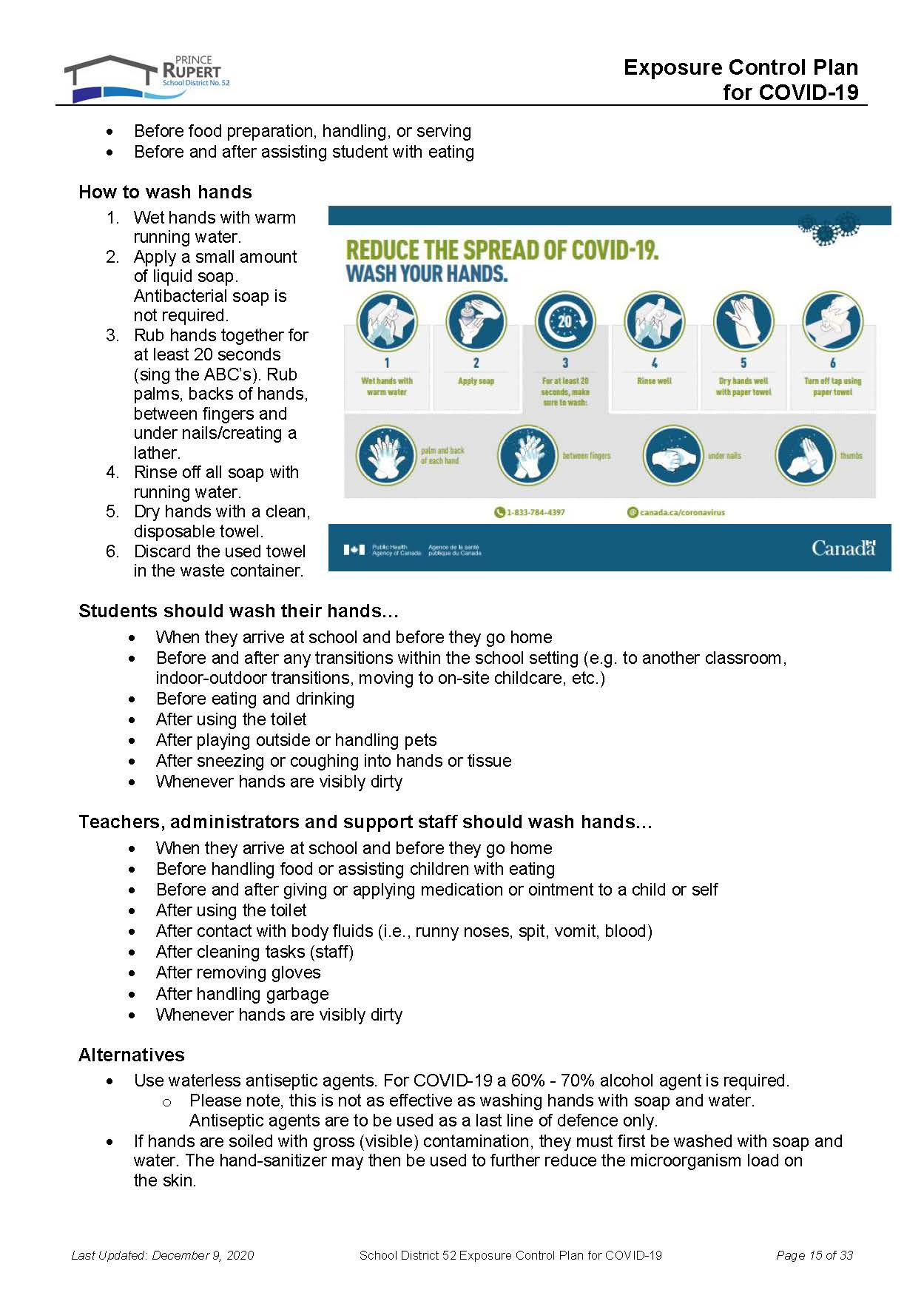

If the input IRP was allocated by the dispatch routine using IoAllocateIrp or IoBuildAsynchronousFsdRequest, the IoCompletion routine must call IoFreeIrp to release that IRP, preferably before it completes the original IRP. Note that the context area cannot be pageable because the IoCompletion routine can be called at IRQL = DISPATCH_LEVEL.Ĭonsider the following implementation guidelines for IoCompletion routines:Īn IoCompletion routine can check the IRP's I/O status block to determine the result of the I/O operation. This pointer can reference whatever driver-determined context information the IoCompletion routine requires to process an IRP. When a dispatch routine calls IoSetCompletionRoutine, it can supply a Context pointer.

These routines are dynamic because their files are not actually loaded into memory until the first time they are called.Ī more recent term, procedure, is similar in meaning.On entry, an IoCompletion routine receives a Context pointer. In Windows and some other personal computer operating systems, the system routines for handling specific tasks such as interacting with specific I/O devices are called dynamic link library ( dynamic link library ) routines. The compiler and a set of library routines usually come as part of a related software development package.

Functions are sometimes called library routines.

Other functions are compiled in as stub that make dynamic calls for system services during program execution. Some functions can be compiled in line with other code. In higher-level computer languages, many commonly-needed routines are prepackaged as function, which are routines with specified programming interfaces. Macro definitions and instructions also tend to be shared among programmers for use in multiple programs, especially in software development projects. The programmer can then use a macro instruction instead of having to include and manage the branching to a routine. Typically, in assembler languages, a routine that requires some variable input can be encoded into a macro definition with a specified interface called a macro instruction. A routine may also be useful in more than one program and save other programmers from having to write code than can be shared. When finished, the routine branches back to the next sequential instruction following the instruction that branched to it. The main sequence of logic in a program can branch off to a common routine when necessary. This makes the program shorter and easier to write (and also to read when necessary). In computer programming, routine and subroutine are general and nearly synonymous terms for any sequence of code that is intended to be called and used repeatedly during the executable of a program.


 0 kommentar(er)
0 kommentar(er)
